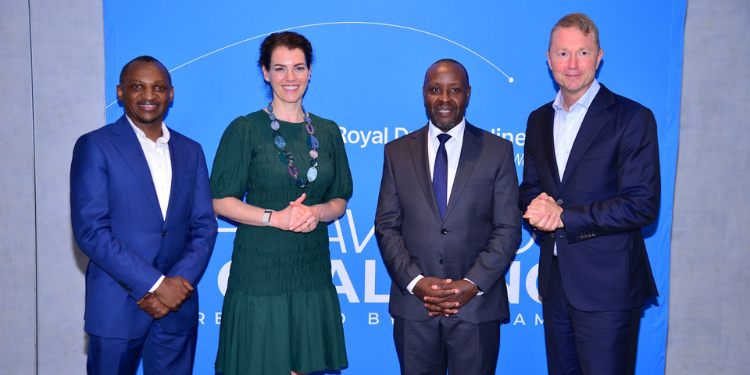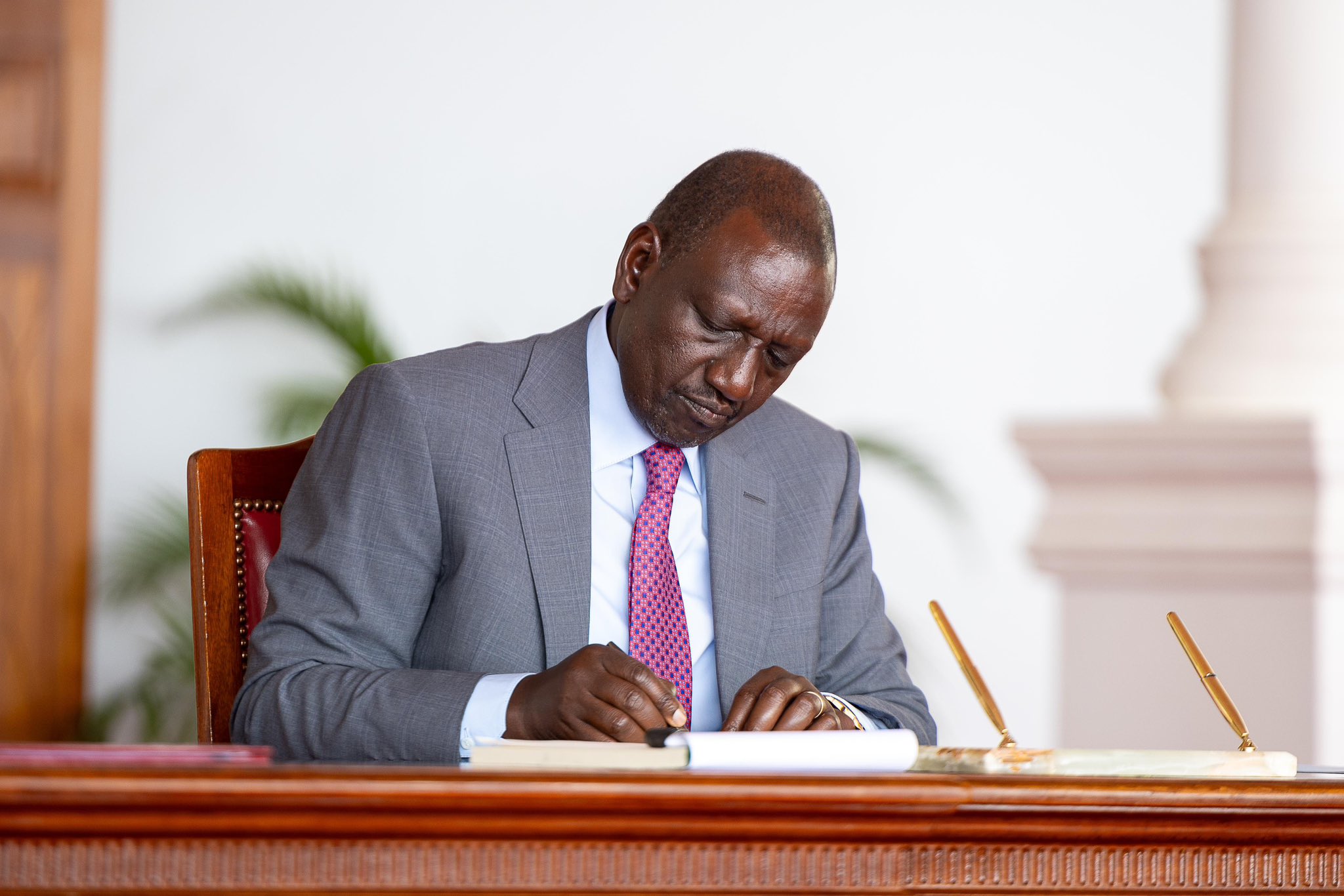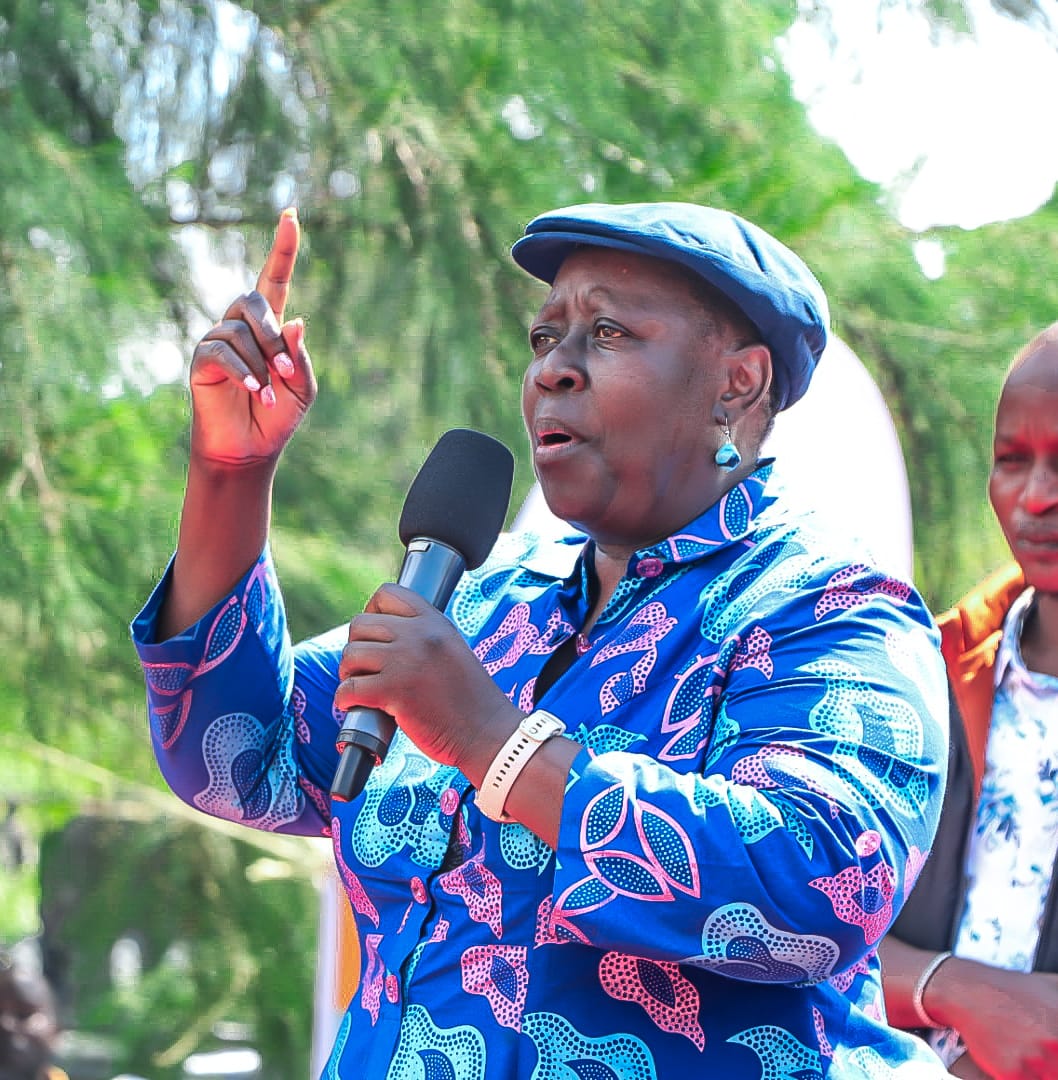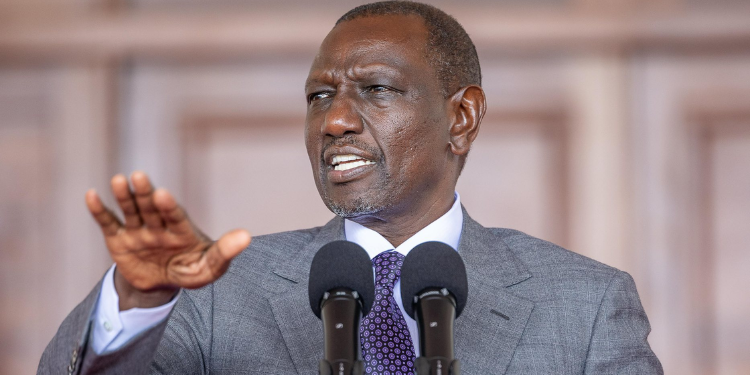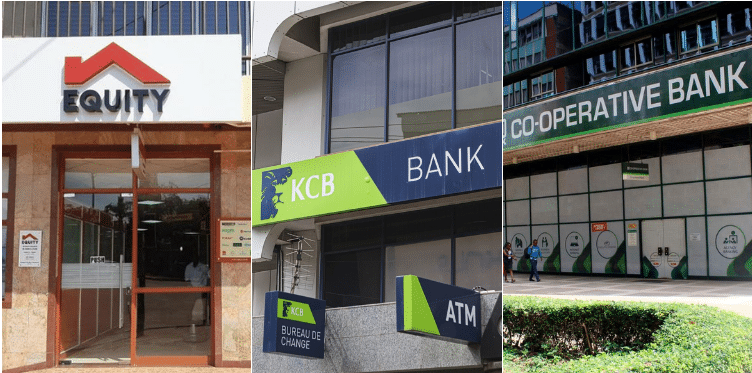President William Ruto has called out the banking sector over high interest rates, questioning why lending costs remain steep despite a sharp drop in treasury bills.
Speaking during a roundtable talk with the Private sector in Nairobi on Wednesday, August 6, Ruto urged banks to make credit more accessible and responsive to economic realities.
He warned that financial institutions must balance the interests of shareholders with the needs of borrowers.
“Treasury bill rates have come down from 16% to 8% just last week. When are you going to bring down interest rates? I mean, honestly—when are you going to bring down the interest rates to reflect that drop? Ruto posed.
“I have taken more responsibility to scale down government borrowing, which is why treasury bill rates have come down.”
The head of State also expressed concern over the slow pace at which interest rates are coming down despite a significant drop in the Central Bank Rate (CBR).
“Let me say this on behalf of everyone with a bank loan—including myself,” Ruto said. “The CBR currently stands at 9.75%, yet your average lending rates are still at 15.29.”
Ruto Pressures Banks to Lower Interest Rates, Cites Drop in T-Bills
In response, a Kenya Bankers Association (KBA) representative acknowledged that concerns about the slow reduction of lending rates are valid.
He explained that this is precisely why banks, together with the Central Bank, are engaging in discussions on a unified pricing framework—largely in response to the issues raised.
According to him, under the current arrangement, where different banks use varying pricing models, the transmission of rate cuts has been slow.
“Banks have indeed been reducing rates in line with treasury bills, but not as quickly as expected,” he said.
“Now, with this new unified framework, the expectation is that when the Central Bank adjusts the CBR, borrowers will see an immediate reflection of that adjustment in their loan rates. That is the primary objective of this framework.”
Also Read: CBK Publishes Latest Loan Rates, KRA Updates iTax Login, Hustler Fund Under Scrutiny Again
Ruto Faults Banks Over ‘Unjustified’ Lending Rate Margins
When Ruto asked what the ideal spread between the CBR and lending rates should be, the representative responded, “There should be a reasonable differential—perhaps between 5% and a maximum of 7% or 8%—to cover operational costs and shareholder returns.”
President Ruto, however, challenged this position, terming it as “unjustified”.
He mentioned that the global practice is a spread of just 2% to 3%. So how does it become 5%, 6%, or even 7% here?”
While acknowledging the need for bank profitability, Ruto emphasized the importance of striking a balance.
“I and many Kenyans would like to see a much more responsive financial sector. One that not only looks after the interests of shareholders but also considers the needs of borrowers,” he added.
“Because there will be no shareholders without borrowers. It has to be mutually beneficial.”
Also Read: CBK Sets New Standard Rate for All Bank Loans
CBK Sets New Standard Rate for All Bank Loans
This comes a day after CBK published the interest rates for all banks across the country after it lowered the base lending rates by 25 basis points to 9.75 percent.
According to data shared on Tuesday, August 5, Kenya’s average commercial banks’ lending rate fell to 15.29% in June 2025, down from 15.44% in May.
The banking regulator also announced a new lending framework requiring all banks to use the interbank rate as the base for pricing loans.
Under the new system, banks will no longer set their own base rates. Instead, they will apply a uniform base rate—the interbank rate—plus a risk premium and additional charges to determine the total cost of credit for borrowers.
Previously, banks set both the base rate and the risk premium. Now, they’ll only set the premium (K).





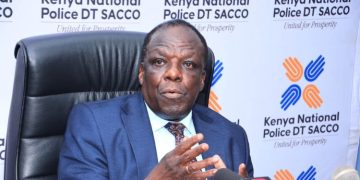




















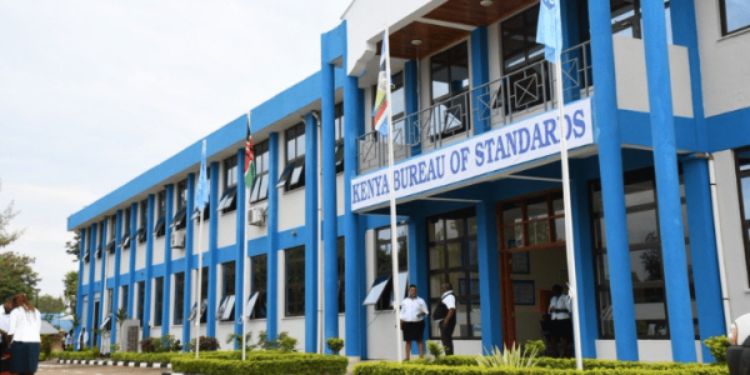
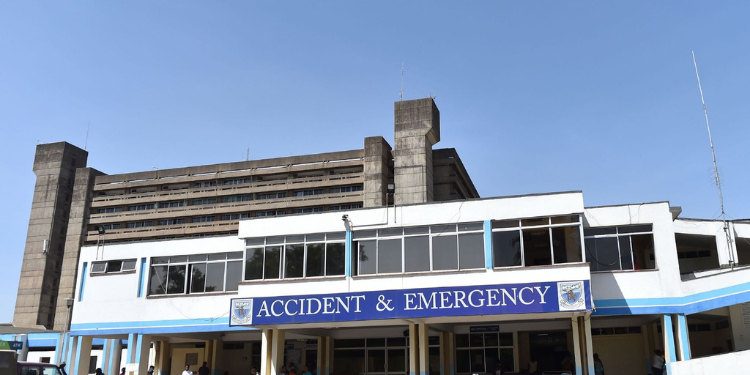




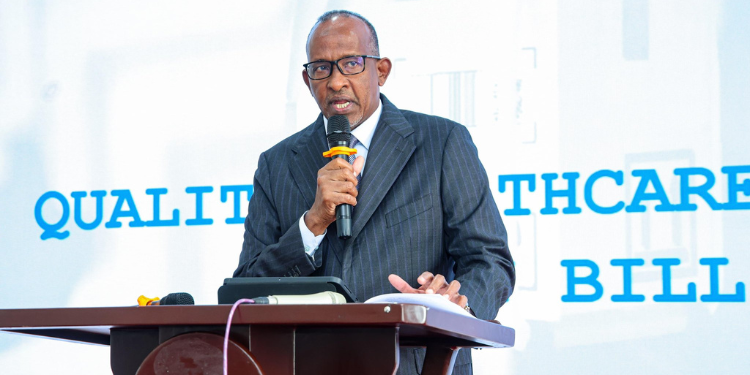




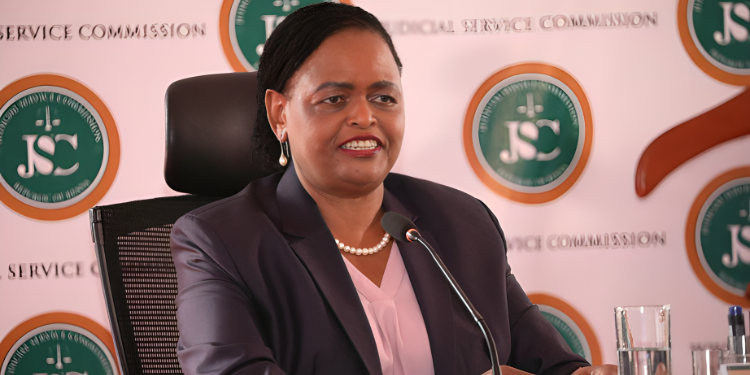

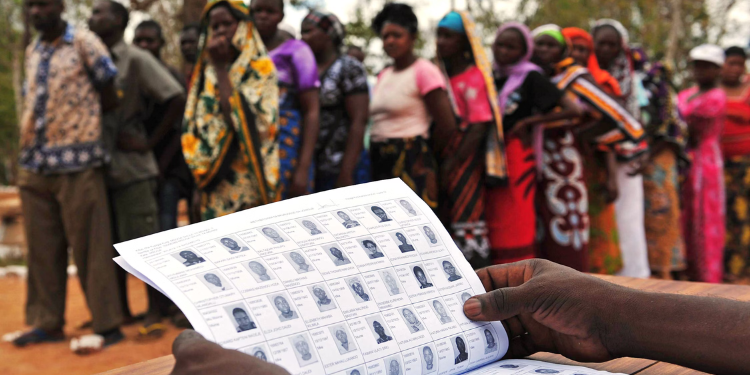










![Senator Allan Chesang And Chanelle Kittony Wed In A Colourful Ceremony [Photos] Trans Nzoia Senator Allan Chesang With Channelle Kittony/Oscar Sudi]( https://thekenyatimescdn-ese7d3e7ghdnbfa9.z01.azurefd.net/prodimages/uploads/2025/11/Trans-Nzoia-Senator-Allan-Chesang-with-Channelle-KittonyOscar-Sudi-360x180.png)







